The US Department of Justice on June 9 unsealed an indictment that includes information about high-level documents that former President Trump kept after leaving office, the times he illegally shared them with people who were not granted access to the documents and his efforts to block any government efforts to retrieve the documents, according to The Hill .
According to the indictment, Mr. Trump faces 37 counts, including 31 under the Espionage Act, in which the documents he kept related to intelligence gathered about foreign countries or the military capabilities of the United States. The law prohibits improper retention of defense information, although the documents do not have to be classified.
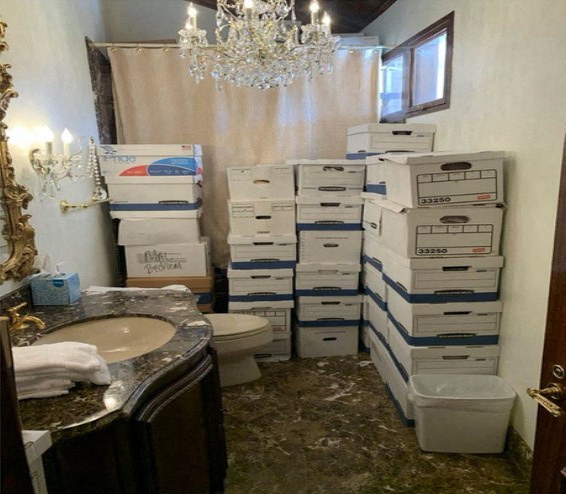
Boxes of documents in a bathroom at the Mar-a-Lago resort in 2021. Image just released by the US Department of Justice
Violations of the Espionage Act are punishable by up to 10 years in prison, while certain obstruction of justice offenses are punishable by up to 20 years in prison.
Trump aide Walt Nauta was indicted on six charges, including obstruction of justice and cover-up.
Special prosecutor Jack Smith, who is leading the investigation, said he would seek a speedy trial and urged people to read the indictment carefully to understand the seriousness of the allegations.
What documents are stored?
According to the indictment, the classified documents Trump kept in boxes at his Mar-a-Lago resort in Florida included information regarding both U.S. and foreign defense and weapons capabilities; U.S. nuclear programs; the vulnerability of the U.S. and its allies to military attack; and possible response plans to deal with a foreign attack.
The documents Trump took after leaving the White House originated from or were related to the Central Intelligence Agency (CIA), the Pentagon, the National Security Agency, the National Geospatial-Intelligence Agency, the National Reconnaissance Office, the Department of Energy, the State Department, and the State Department's Bureau of Intelligence and Research.
"The unauthorized disclosure of these classified documents could jeopardize the national security of the United States, foreign relations, the safety of U.S. personnel, sources, and the continued viability of sensitive intelligence collection methods," the indictment said.
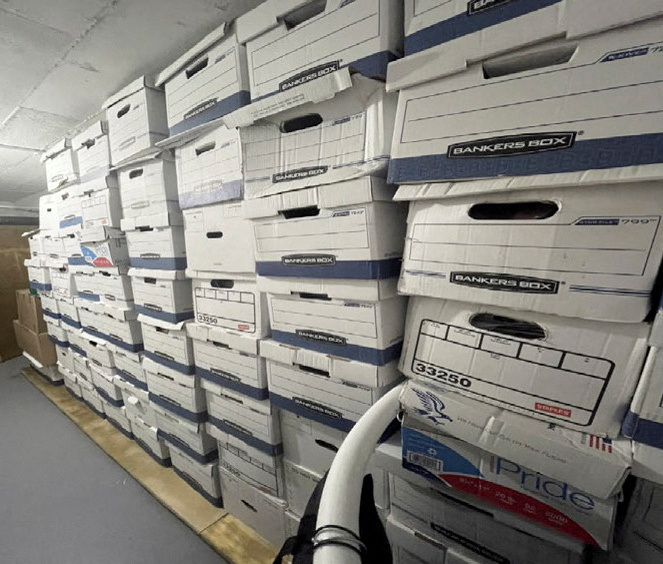
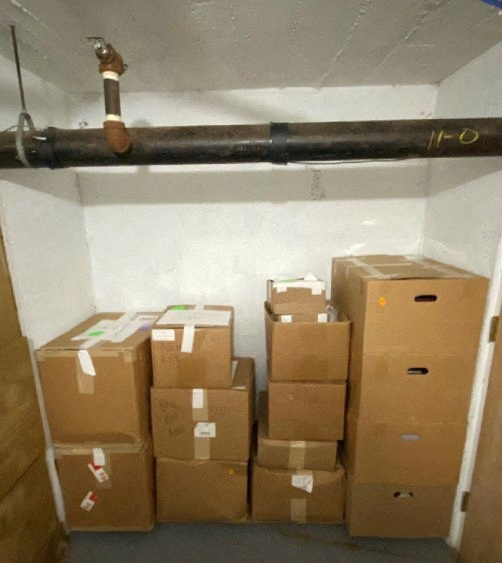
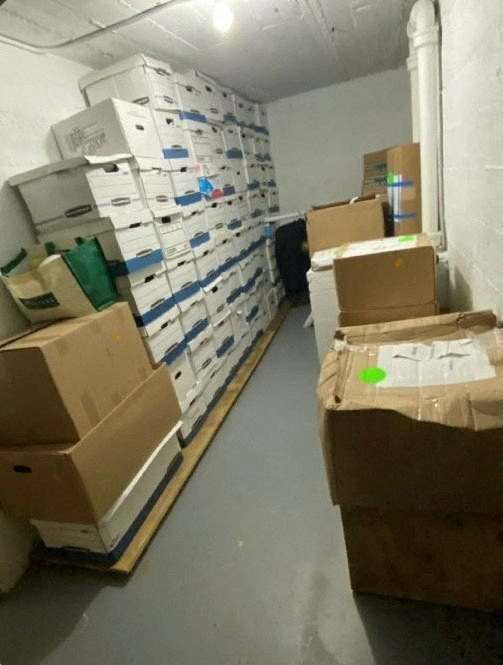
Boxes of documents stored at Mar-a-Lago
Share with whom?
The indictment details two occasions when Mr. Trump shared highly sensitive material with people without clearance, once at the White House in July 2021 and once at his golf club in Bedminster, New Jersey, in August or September 2021.
During a White House visit, he presented and described a “plan of attack” prepared by Pentagon officials in a recorded meeting with a writer, a publisher and two staffers. CNN revealed the recording, which showed Trump admitting the document was secret and that he had not declassified it while he was president.
In the second incident, Mr Trump showed a classified map related to a military operation to a representative of his political action committee who did not have a security clearance. Mr Trump reportedly told the associate during the meeting at his club in Bedminster that he should not show it to the person and that they should not get too close.
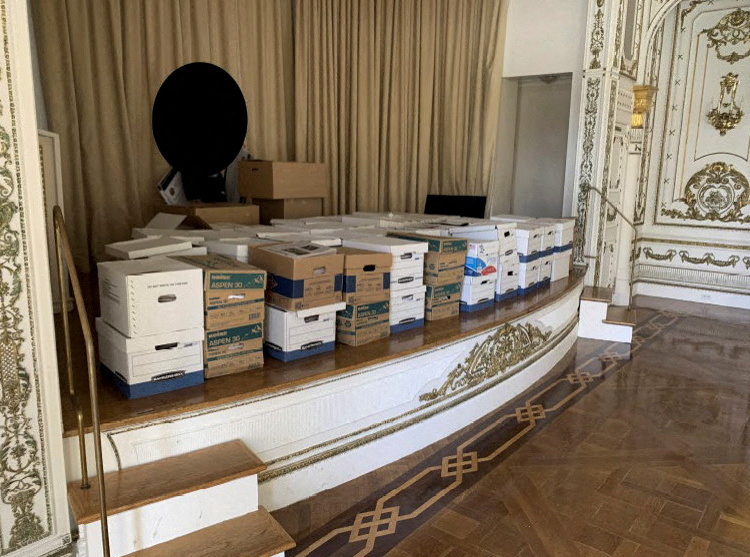
Documents in the banquet hall
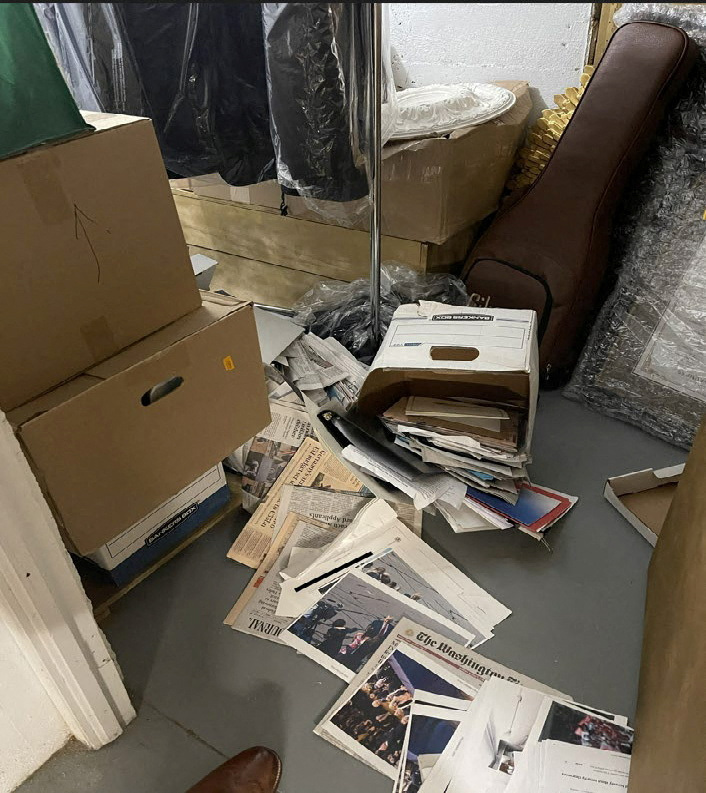
Several documents, including a confidential document, were scattered on the warehouse floor.
Obstruction of justice
According to the indictment, in May 2021, Mr. Trump had his men clear out a storage room on the ground floor of Mar-a-Lago to use as a place to store classified documents. The documents were also stored in other places such as the banquet hall, toilets and bathrooms, offices, bedrooms and storage rooms.
In December, Walt Nauta, a longtime Trump aide who was also charged in the case, discovered documents scattered on the floor labeled “secret” and shared only among the Five Eyes intelligence alliance (Britain, Canada, the United States, New Zealand and Australia).
The indictment shows that Mr. Trump considered a number of actions to avoid having to return the classified documents, such as asking his lawyers to “hide or destroy” documents in his possession after a court subpoena in June 2022.
Prosecutors allege that Mr. Trump attempted to obstruct the FBI and grand jury investigations, and concealed his continued possession of classified documents by asking his attorney to falsely tell the FBI that he did not possess the documents in question.
Prosecutors allege that Trump directed Nauta to hide the boxes. The former president also asked his attorney to hide or destroy documents subpoenaed by the grand jury and falsely claimed he had turned over all the documents.
In another case, after attorney Evan Corcoran went to collect records to be subpoenaed in May, Mr. Trump signaled to the lawyer to “filter out” documents that he thought should not be returned to the government.
Source link


































































































Comment (0)